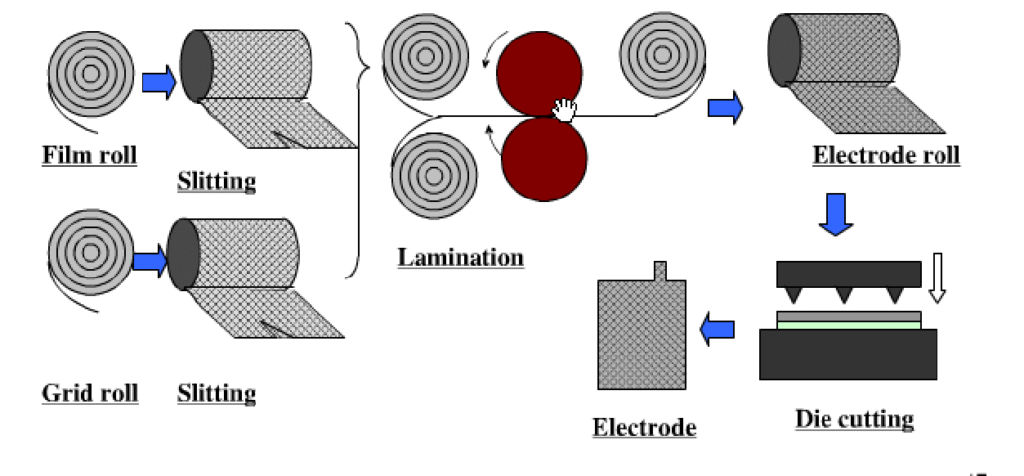
Advantages and Working Principle of Polymer Lithium-Ion Batteries
1. Excellent Safety Performance
Polymer lithium-ion batteries use aluminum-plastic flexible packaging instead of a rigid metal shell. When exposed to extreme conditions, they are far less likely to explode and may only experience slight swelling, ensuring superior safety.
2. Ultra-Thin Design
The polymer lithium-ion battery can be made extremely thin—less than 1mm—making it ideal for slim devices such as smartphones and wearables.
3. Lightweight Construction
Compared to steel-cased batteries, polymer lithium-ion batteries provide up to 40% higher capacity while being 20% lighter than aluminum-cased models, offering an excellent balance of power and portability.
4. Large Capacity
These batteries deliver 10–15% higher capacity than steel-cased batteries and 5–10% higher than aluminum-cased ones of the same size, allowing longer device runtime.
5. Low Internal Resistance
Polymer lithium-ion batteries have much lower internal resistance—typically around 40 mΩ—resulting in reduced energy loss and more efficient power delivery.
6. Customizable Shape and Size
They can be tailored in shape and thickness to meet various design needs. Manufacturers can adjust capacity and dimensions for specific applications.
7. Excellent Discharge Characteristics
Compared to liquid electrolyte batteries, polymer lithium-ion batteries exhibit a stable discharge curve and a higher voltage platform, ensuring consistent performance under continuous load.
Working Principle of Polymer Lithium-Ion Batteries
In polymer lithium-ion batteries, no metallic lithium exists during charging and discharging—only lithium ions move between the electrodes.
When charging, lithium ions are generated at the positive electrode and travel through the electrolyte to the negative electrode, where they embed into carbon layers. The more lithium ions stored, the higher the charging capacity.
During discharge, these ions move back to the positive electrode, releasing stored energy. The amount of returning lithium ions determines the discharge capacity—commonly referred to as the battery capacity.
This process resembles a rocking-chair mechanism, where lithium ions move back and forth between electrodes, earning the nickname “rocking-chair battery.”
Applications
Polymer lithium-ion batteries are widely used in:
- Smartphones and tablets
- Drones and model aircraft
- Medical and wearable devices
- Portable power banks and LED lights
- GPS and tracking cameras
Learn More:
🔗 About Us
🔗 Contact Us
